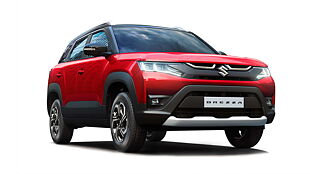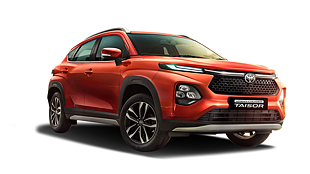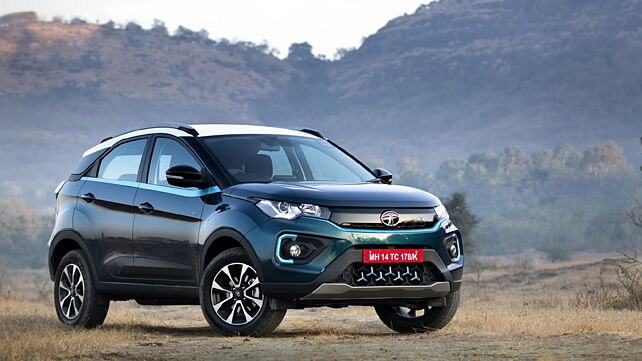
- Tata Nexon EV is the most affordable and highest-selling electric vehicle in India
- The company has already installed fast-charging stations in key metros
Tata Motors has been holding the third rank in terms of cumulative sales in India for a while now. In recent times, the company has managed to widen its roots in India with its all-electric product, the Nexon EV. Interestingly, the Nexon EV is also the most affordable and the highest-selling electric vehicle in the country. In an effort to learn more about the company’s strategy for the Nexon EV, we reached out to Ramesh Dorairajan, Head – Sales, Marketing and Customer Care, Electric Vehicle Business Unit, Tata Motors.
Tata Nexon EV is available in three variants, however, the top two variants namely, the XZ Plus LUX and XZ Plus are popular choices among customers. Moreover, these two variants also hold the highest share in terms of production numbers due to their strong demand. As a part of recycling the batteries, the company has collaborated with Tata Chemicals, which is working on manufacturing lithium-ion battery cells, exploring active chemical manufacturing, and battery recycling. The company is reportedly also working on storage solutions for used batteries and is also reportedly putting up a proper strategy to address the same.
As a part of plans to develop the charging infrastructure, the company has partnered with Tata Power to provide end-to-end charging solutions at every customer’s home, workplace, and for captive and public charging. Under this partnership, the company has already installed fast-charging stations in key metros such as - Mumbai, Delhi, Pune, Bengaluru and Hyderabad, thus enabling the e-mobility drive in the cities. The chargers have been installed at Tata Motors dealerships, few Tata Group retail outlets and other public locations. Till date, the company has set up close to 400 charging points in more than 45 cities and at several prominent intercity routes across India. It is planning to scale this up to 2,500, across most major cities and highways by FY’22.

![Tata Nexon EV [2020-2022] Image Tata Nexon EV [2020-2022] Image](https://imgd.aeplcdn.com/272x153/n/cw/ec/42611/tata-nexon-ev-right-front-three-quarter6.jpeg?q=80)
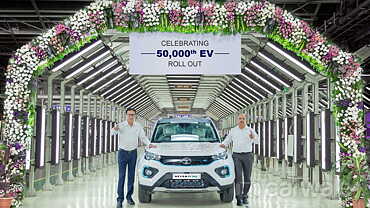








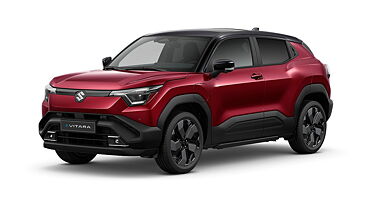



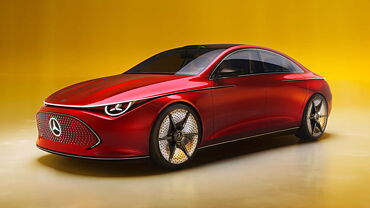

![Tata Nexon EV [2020-2022] Right Front Three Quarter Tata Nexon EV [2020-2022] Right Front Three Quarter](https://imgd.aeplcdn.com/199x112/n/cw/ec/42611/tata-nexon-ev-right-front-three-quarter6.jpeg?q=80)
![Tata Nexon EV [2020-2022] Right Front Three Quarter Tata Nexon EV [2020-2022] Right Front Three Quarter](https://imgd.aeplcdn.com/199x112/n/cw/ec/42611/nexon-ev-exterior-right-front-three-quarter-2.jpeg?q=80)
![Tata Nexon EV [2020-2022] Left Rear Three Quarter Tata Nexon EV [2020-2022] Left Rear Three Quarter](https://imgd.aeplcdn.com/199x112/n/cw/ec/42611/nexon-ev-exterior-left-rear-three-quarter.jpeg?q=80)
![Tata Nexon EV [2020-2022] Dashboard Tata Nexon EV [2020-2022] Dashboard](https://imgd.aeplcdn.com/199x112/n/cw/ec/42611/nexon-ev-interior-dashboard.jpeg?q=80)
![Tata Nexon EV [2020-2022] Steering Wheel Tata Nexon EV [2020-2022] Steering Wheel](https://imgd.aeplcdn.com/468x263/n/cw/ec/42611/nexon-ev-interior-steering-wheel.jpeg?q=80)







